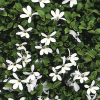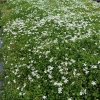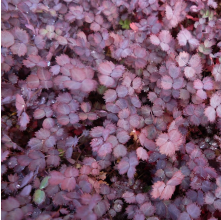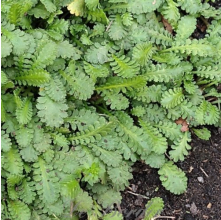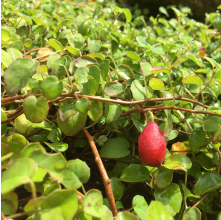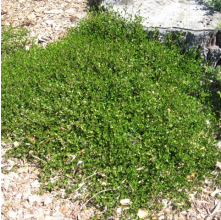Lobelia angulata
(Panakenake, Pratia Angulata)
Sold Out
Lobelia angulata
(Panakenake, Pratia Angulata)
Sold Out
Prices:
| Each | 20 or more | |
|---|---|---|
| 1.5L Pot | $9.50 | $9.00 |
Details:
| Type: | Creeper |
| Growth Rate: | Medium |
| Mature Height: | 0.2 m |
| Mature Width: | 1 m |
| Site Condition: | Heavy Soil, Loamy Soil, Waterways |
| Sun: | Full Sun, Part Shade |
| Drainage: | Moist |
| Frosts: | Hardy |
| Features: | Suitable for bordering or edging and ground cover. Attractive to birds, insects and bees. Colorful perennial. Flower colour: White. Foliage colour: Green. Fruit colour: Purple. Native. Suitable restoration species. |
Pratia angulata, now known as Lobelia angulata or Panakenake, is a low-growing perennial plant that belongs to the Campanulaceae family. It is native to New Zealand and Australia and is known for its attractive, star-shaped blue flowers and dense mat-like growth habit.
The leaves of Pratia angulata are small, opposite, and rounded, measuring about 1-2 centimeters in diameter. They are glossy, dark green in color, and have serrated edges. The stems are creeping and angular, hence the species name "angulata," and can grow up to 30 centimeters in length.
The most distinctive feature of Pratia angulata is its flowers. The flowers are solitary and have five blue petals fused at the base, forming a star-like shape, hence the common name "Blue Star Creeper." The flowers are usually about 1-1.5 centimeters in diameter and have a yellow center. They are profuse bloomers and appear in spring and summer, attracting pollinators like bees and butterflies.
Pratia angulata is a ground-covering plant that forms a dense, spreading mat of foliage, making it an excellent choice for use as a lawn substitute or as a ground cover in rock gardens, between stepping stones, or in other areas where a low-growing plant is desired. It prefers partial to full sun and well-draining soil, and it can tolerate some foot traffic. Pratia angulata is considered a hardy plant and is relatively low-maintenance, making it a popular choice for landscape use in suitable climates. Dies back in winter in cold winter areas.
Habitat: Found in damp, sheltered paces up to 1,500m.
Flowering: Spring - Summer [October - March]
Fruiting: Autumn [February - April]
Plant Calendar:
| Jan | Feb | Mar | Apr | May | Jun | Jul | Aug | Sep | Oct | Nov | Dec |
|---|---|---|---|---|---|---|---|---|---|---|---|
| F | F | F |
| Flowering | Fruiting | Both | |
| Key |
| Fruit | Seed | Nectar | |
| Key | F | S | N |

